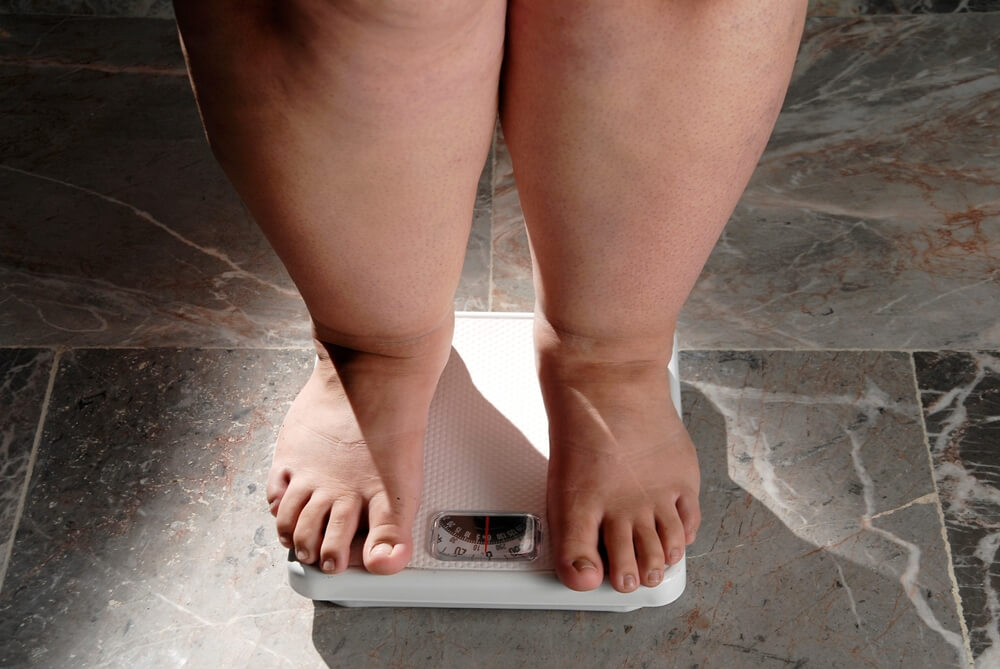Obesity has emerged as a pervasive concern on a global scale, impacting millions of individuals worldwide. Although its well-documented adverse effects on essential metabolic functions and cardiovascular health are widely recognized, the influence of being overweight on the health of the pelvic floor muscles remains frequently underappreciated. Pelvic floor issues and disorders are prevalent among individuals grappling with obesity, resulting in various deleterious consequences.
Nonetheless, a ray of hope exists for those grappling with numerous pelvic problems, as physical therapy has substantiated its efficacy as a viable treatment modality. In this article, our experts in obstetrics and gynecology in South Miami, Florida, review the causes of pelvic organ prolapse, discuss the health of the pelvic floor muscles, and discuss the issues regarding obesity and pelvic floor pressure.
Can Being Overweight Cause Pelvic Pain? The Functions of the Pelvic Floor Muscles

To begin, it is essential to provide a concise anatomical explanation. The pelvic floor is a sophisticated arrangement of ligaments, connective tissues, and muscles that create a supportive structure resembling a hammock within the pelvic area. This intricate framework is pivotal in upholding the integrity and functionality of vital organs such as the rectum, bladder, and female reproductive organs. The ability to maintain proper sexual function and continence relies heavily on the proficiency of the pelvic floor. Additionally, these muscles play a crucial role in keeping the pelvis and the entire spine stable, thereby enhancing the body’s overall stability.
The Impact of Obesity on Pelvic FloorMsucles: Potential Sources of Pelvic Pain
From a medical standpoint, obesity is typified by a body mass index (BMI) exceeding 30. The surfeit of body weight precipitates multifarious repercussions in one’s life, encompassing the disruption of everyday tasks and even causing problems with their sleep patterns. It is imperative to contemplate how this excess weight can exert a pronounced impact on the pelvic floor. Usually, the manifestations of such an impact may vary; there exist several typical ways in which obesity influences the pelvic floor:
- Augmented pelvic pressure: Excessive body weight imparts added pressure upon the pelvic floor musculature, compromising its optimal functioning and ability to counteract the relentless forces of gravity. This heightened pressure frequently culminates in the onset of pelvic floor pressure disorders, such as fecal and urinary incontinence and even pelvic organ prolapse.
- Hormonal Imbalances: Obesity frequently precipitates hormonal imbalances, predominantly in females. Such hormonal perturbations can compromise the strength and overall integrity of the muscles of the pelvic floor, rendering them more susceptible to dysfunction and may even cause pelvic pain.
Adverse Sequelae of Pelvic Floor Problems
Regardless of its origin, whether linked to obesity or other contributing factors, pelvic floor dysfunction holds significant consequences for an individual’s physical, emotional, and social well-being. The subsequent are some of the common detrimental outcomes associated with pelvic floor dysfunction:
- Urinary Incontinence: Problems with the pelvic floor may lead to incontinence where urine leakage is involuntary. The issue may be highly embarrassing for patients in various social situations, negatively affecting their confidence and overall self-esteem. In more severe cases, patients may also opt for social isolation or may limit their participation in exercise and other activities.
- Fecal Incontinence: Weak muscles and excess pelvic floor pressure may also lead to fecal incontinence, in which patients are unable to control their bowel movements. This issue may lead to the complete loss of bowel control in more severe cases or may lead to involuntary leakage. Both can negatively affect the patient’s life, emotional well-being, and personal hygiene.
- Discomfort and Pain: The dysfunction may cause pelvic pain. More specifically, it may trigger chronic pain in the lower back, pelvic region, perineum, and hips. The ongoing pain and discomfort may make enjoying everyday activities, exercise, and even intercourse challenging.
- Pelvic Organ Prolapse: In more severe cases of dysfunction, pelvic organ prolapse may occur, which can cause an added feeling of heaviness, more discomfort, and pelvic floor pressure, significantly interfering with a woman’s essential sexual functions.
- Sexual Problems: The pain due to the dysfunction may also negatively affect intimacy and sexual function. The issue may lead to dyspareunia or painful sexual intercourse. It may also reduce the patient’s overall desire for sex and may make reaching orgasm more challenging, leading to a significant decrease in overall sexual satisfaction.
- Impairment in Performing Simple Daily Tasks: Pelvic problems may also restrict a person’s mobility and ability to perform simple everyday activities. Also, the fear pertaining to fecal and urinary incontinence may drive the patient to avoid exercise, social gatherings, and travel. All of these can have a negative effect on their quality of life.
- The Emotional Burden: Needless to say, problems with the pelvic floor muscles and the complications they can trigger often bring on anxiety, emotional distress, frustration, embarrassment, and even shame. It can negatively impact the patient’s self-esteem, body image, and overall mental health. To make matters worse, patients may also develop depression due to the negative impact of these problems.
- Impact on Relationship Quality: Sexual problems, incontinence, pain, and emotional challenges may all strain relationships. Needless to say, intimate relationships are more prone to problems stemming from pelvic floor dysfunction, as the condition may decrease intimacy, leading to frustration and difficulty communicating.
The Role of Physical Therapy in Mitigating Pelvic Floor Dysfunction

Physical therapy plays an indispensable role in the management and amelioration of pelvic floor dysfunction, particularly when associated with obesity. Competent physical therapists specializing in rehabilitating the pelvic floor are equipped to administer individualized care tailored to specific needs. The following are ways in which physical therapy may prove instrumental:
- Training the Muscles of The Pelvic Floor: Seasoned experts can help patients with targeted exercise that helps strengthen the muscles of the pelvic floor. These exercises will most often include the Kegel exercises, which help augment muscle endurance, muscle tone, and coordination. Simultaneously, they also help support the pelvic organs and improve the overall control of the musculature. If the muscles are overly tense, therapists may recommend different exercises that target hip mobility and muscle relaxation.
- Lifestyle Adjustments: Physical therapists can guide lifestyle modifications, encompassing strategies for managing body weight, adopting proper dietary habits, and engaging in regular physical activity. These adjustments can contribute to mitigating the impact of obesity on pelvic floor health.
- Educational and Behavioral Approaches: Physical therapists play a role in educating patients about the anatomy of the pelvic floor, offering insights into bladder and bowel habits and strategies for managing symptoms. Additionally, they may address elements like posture, breathing techniques, and body mechanics to alleviate strain on the pelvic floor.
Obesity unquestionably substantially impacts pelvic floor health, leading to a range of disorders and associated adverse effects. However, it is essential to remember that these conditions can be addressed through intervention, with physical therapy emerging as a powerful treatment option. Working alongside skilled physical therapists empowers individuals to regain control over their pelvic floor muscles, alleviate symptoms, and improve their overall quality of life.
Embrace Therapy
If you are dealing with pelvic floor issues while managing obesity, we strongly encourage you to reach out for professional help and discover the numerous advantages of physical therapy. Our team of expert pelvic floor physical therapists is eager to work with you to create a personalized treatment plan that targets your symptoms and supports your return to the activities you hold dear.
That said, feel free to contact our experts to learn more about treatment options. We also encourage you to speak about your questions or concerns regarding pelvic pain. Together, we can find a solution enabling you to enjoy life to the fullest again.


